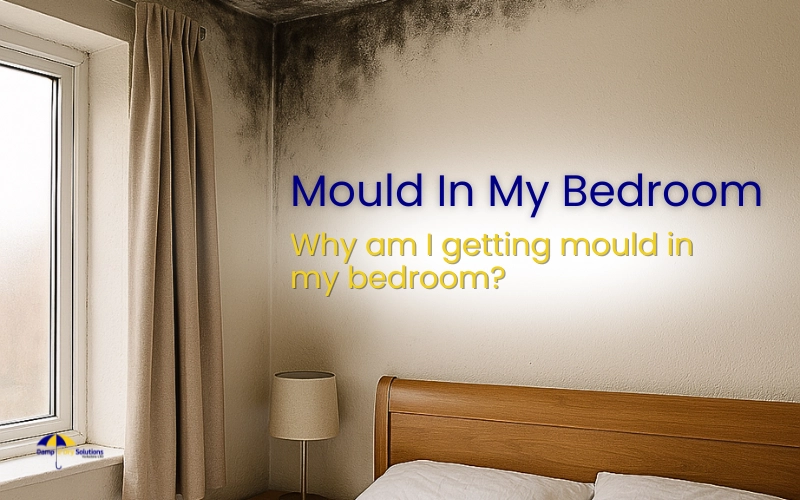Doors and windows are not only essential parts of a building’s structure but also serve as vulnerable points on the exterior. Creating an opening in a building requires rigorous engineering to maintain structural and thermal stability. This is where a lintel comes in.
What is a Lintel?
A lintel is a structural component of a building, specifically the upper part of any window, door, or opening (including arched walkways). Its primary function is to bear loads and properly transfer them to prevent damage to the overall structure of the building.
You might assume that the contractor would handle this straightforward element, but there are various types of lintels. Understanding them and their functions allows you to participate more actively in the construction of your home.
Varieties of Lintels in Construction
A lintel is a beam that supports the wall or partition material above openings such as doors, windows, and other apertures, thereby giving structure to a building. The primary function of the lintel is to bear loads from the high wall and distribute them to the side walls.
It typically extends into the walls to transfer the weight borne by the lintel beam to the walls. The width of a lintel must always match the breadth of the wall, or your project may fail. Lintels are usually employed for load-bearing purposes, although they can also serve decorative purposes.
You might have noticed a beautiful arch above a door, intricately carved window lintels, or lovely arched walkways that transport you to another world. Many Greek ruins have intact entrances, even though most of the surrounding structures have decayed or been destroyed. Lintels are solid and durable, and they often outlast most other structural elements.
In case of potential building damage, it is also commonly advised as a safety tip to stand directly below a door or window.
Let’s examine the various types of lintels used in construction.
Timber Lintel
Timber lintels are more commonly used in houses built in mountainous areas, though they are not obsolete. The main disadvantages of timber are its higher cost (Costs approximately £20-£50 per metre), lower durability, and vulnerability to fire. If the lintel has a wider opening, it is constructed by gluing several pieces of hardwood together with steel bolts. For larger walls, a timber lintel consists of two wooden pieces separated by wooden packing pieces. Steel can also be used to provide support at the top and bottom of the wooden parts. Timber lintels are widely used in hilly areas.
Stone Lintel
Costs around £30-£80 per metre, Stone lintels are among the most common types of lintels. Their design’s most crucial aspect is thickness. These lintels are also available for use over brick wall openings. Stone lintels can be a single piece or several pieces, similar to timber.
They are used for spans up to 2 metres. Due to its weak tensile strength, cracks can form in a stone lintel if the structure is subjected to vibratory loads (such as being near a factory or a heavy construction site). Consequently, you might need to replace your lintels frequently.
They are expensive and cannot handle significant transverse stress. Structures can be distorted by vibratory loads, and transportation can be challenging, especially in cities.
Brick Lintel
Brick lintels are used when the opening is less than 1 metre, and only minor loads are acting. Depending on the width, the depth ranges from 10 to 20 cm. Consequently, they are increasingly used in home construction. Costs between £15-£40 per metre, with reinforced brick lintels being on the higher end.
Bricks with frogs (hollow circles created to be filled) are better than regular bricks because frogs provide more shear resistance to end joints when filled with mortar, resulting in a “joggled brick lintel.”
Another type of brick lintel is the “reinforced brick lintel,” used when the load is heavy, and the span is more than one metre. Thus, a hybrid lintel, combining the best features of both types of lintels, is the ideal option for your home, providing both tensile strength and durability.
Steel Lintel
Steel lintels are widely used because they can handle loads and are effective for wider openings. They are made from rolled steel joists or sections. Depending on the opening’s length, a single section or a combination of sections can be used. Steel lintels are lighter and easier to work with but should be used with concrete to maximise durability. Steel has one disadvantage: it rusts more quickly than other materials, such as bricks.
Steel lintels can support greater loads over larger spans without requiring modifications or reinforcement. Steel lintels are resistant to rust, erosion, and distortion. They are practical and require less labour. However, they can be costly (£50-£100 per metre) due to maintenance expenses.
Reinforced Concrete Lintels (RCC)
Reinforced cement concrete (RCC) lintels are a great option if you’re looking for a lintel that is both easy to use and economical. They are suitable for any load and any wall width. RCC lintels are made of concrete reinforced with steel bars for added strength and durability. They are long-lasting, rigid, and robust. RCC lintels are fire-resistant and cost-effective (Costs approximately £25-£70 per metre) and straightforward to construct. The real benefit of RCC lintels is their versatility in size and shape.
How to Repair a Damaged Lintel?
If your building has damaged lintels, they should be repaired as quickly as possible to prevent further structural problems. The sooner the lintel failure is discovered and repaired or replaced, the less money you’ll have to spend in the future. Each type of lintel can be repaired differently.
Need help with your repair work? Contact the specialists at Damp 2 Dry Solutions (Yorkshire) Ltd. on 07401553791 or reach out to us online to find out how we can assist you.





